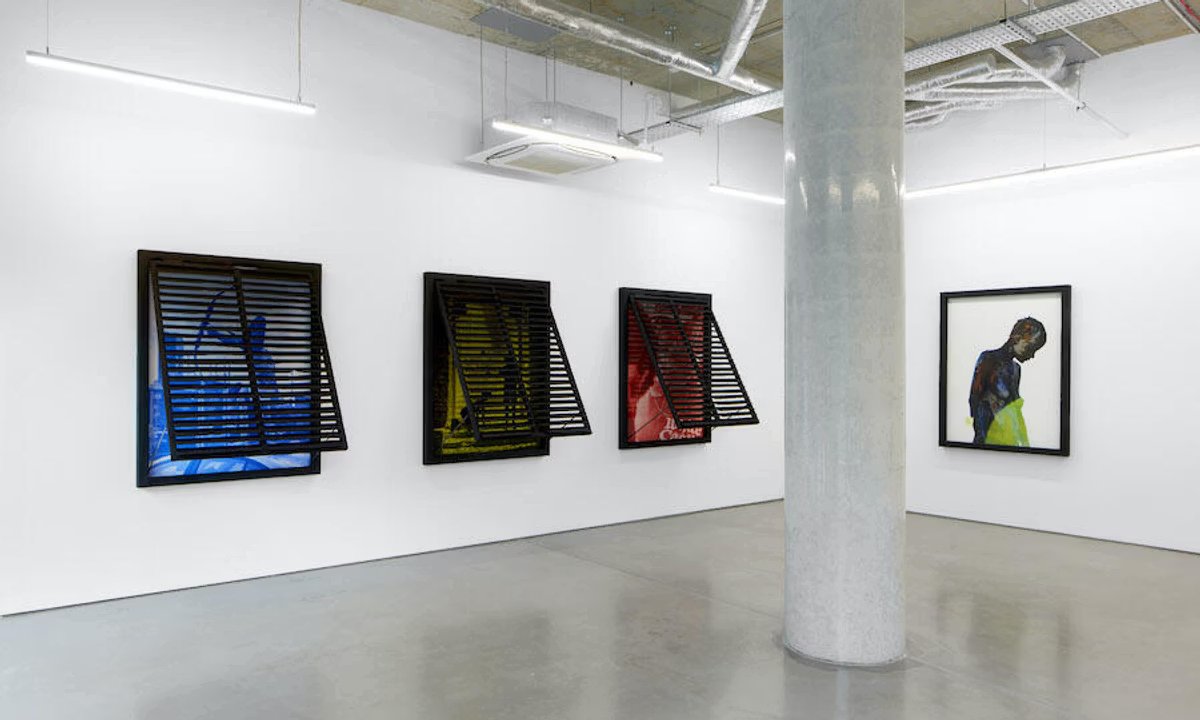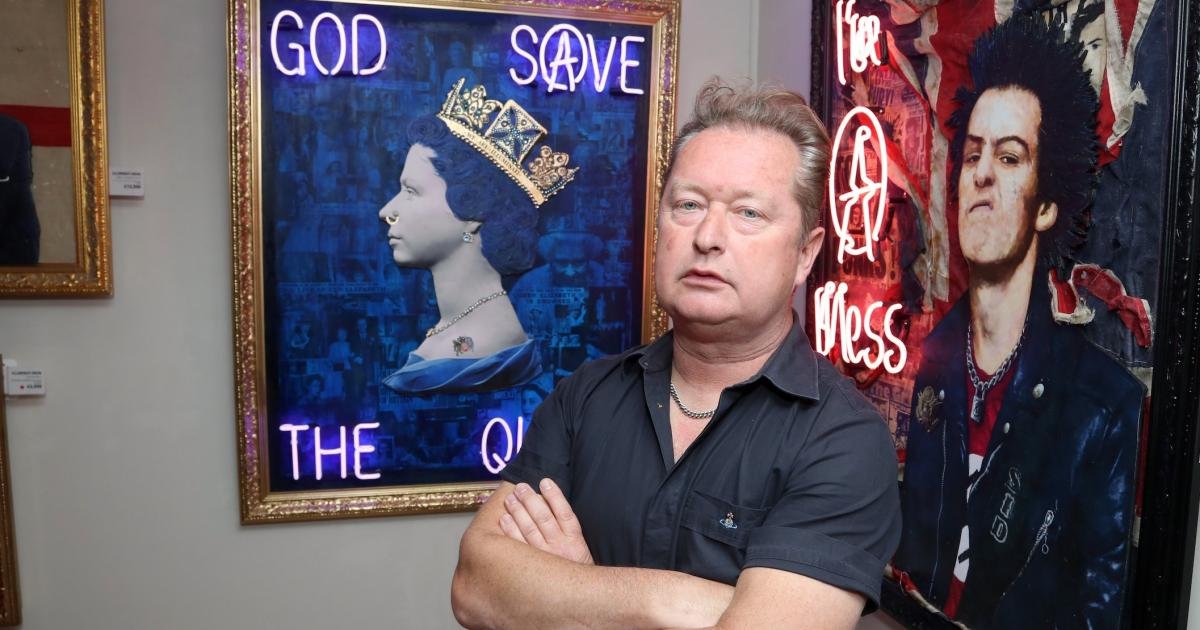Welcome to the final piece in our Seven Elements of Art series, in which Kristin Farr pairs videos from KQED Art School with current New York Times pieces on the visual arts to help students make connections between formal art instruction and our daily visual culture.
The other pieces in the series? Here are lessons on space, shape, form, line, color and texture.
_________
How does value create emphasis and the illusion of light?
Artists are able to create the illusion of light using different color and tonal values. Value defines how light or dark a given color or hue can be. Values are best understood when visualized as a scale or gradient, from dark to light. The more tonal variants in an image, the lower the contrast. When shades of similar value are used together, they also create a low contrast image. High contrast images have few tonal values in between stronger hues like black and white. Value is responsible for the appearance of texture and light in art. Although paintings and photographs do not often physically light up, the semblance of light and dark can be achieved through the manipulation of value.
How do artists produce and use different tonal values? To begin, watch the video above, on value, one of seven elements of art.
1. Emphasizing Portrait Subjects With Value and Contrast
Photography can be defined as drawing with light. Photographers often capture high-contrast colors to emphasize parts of an image, and low contrast colors to add dimension, foreground and background.






